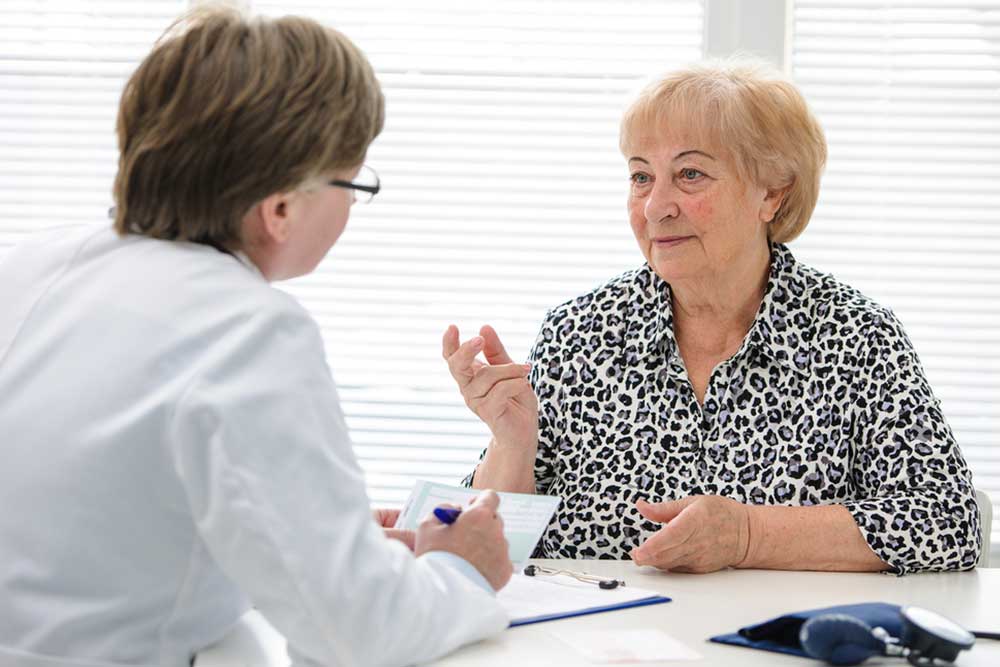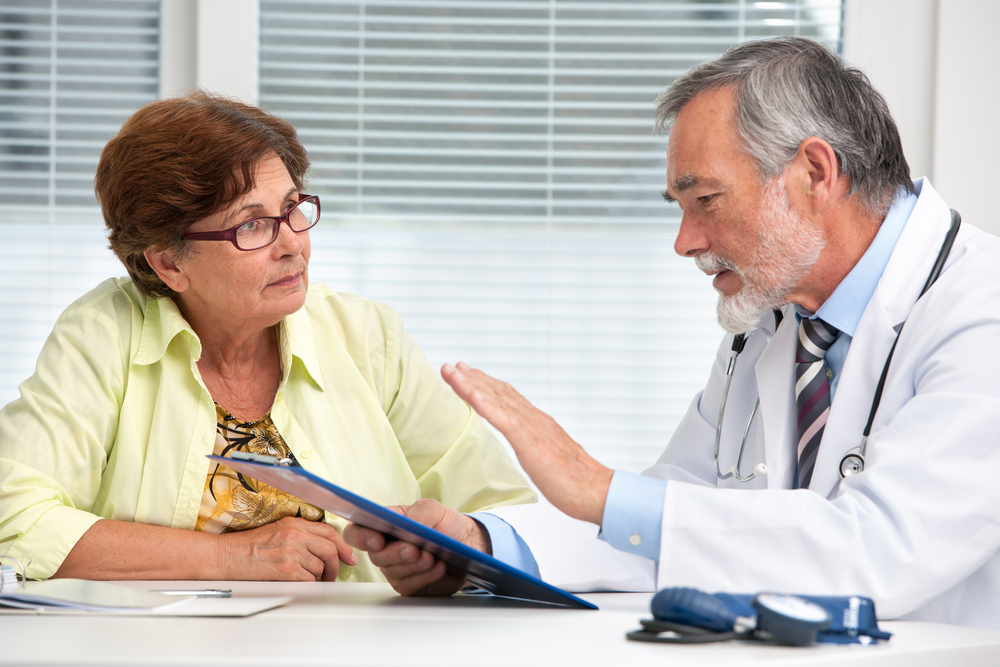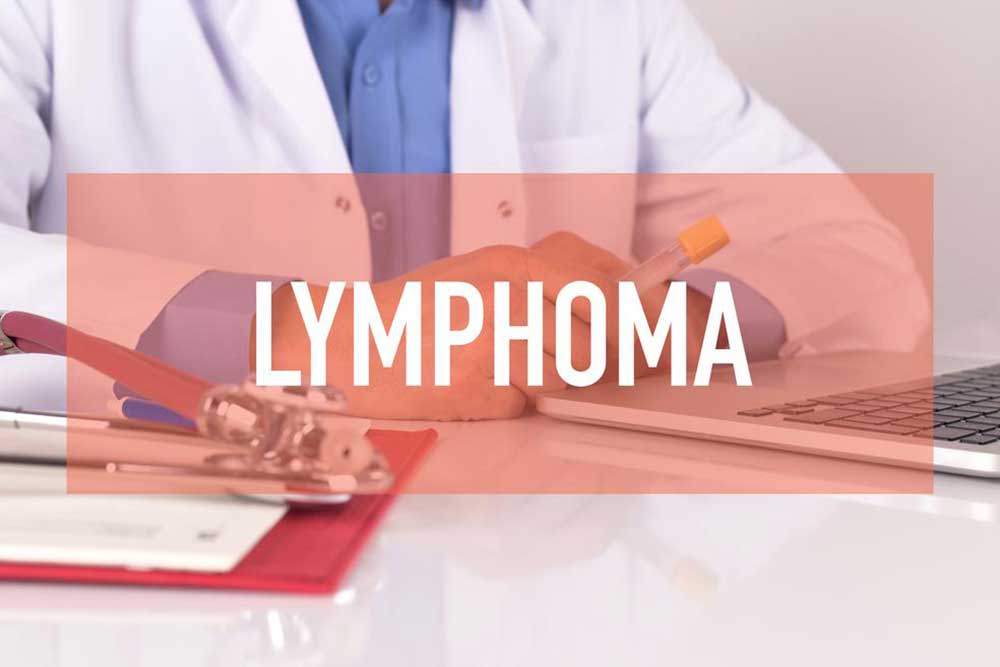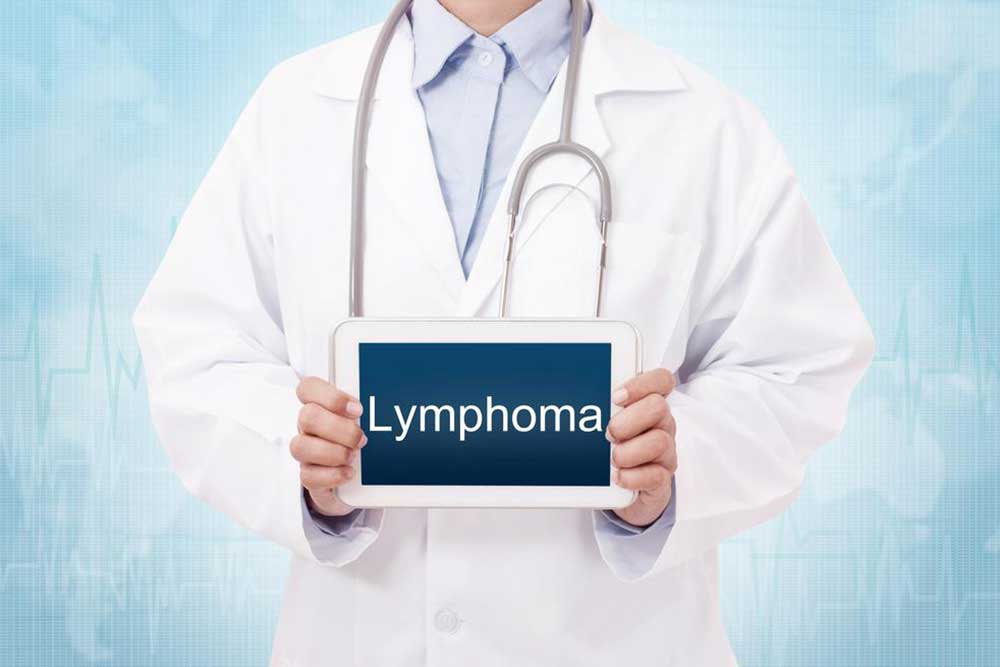Understanding Adult Non-Hodgkin's Lymphoma: Symptoms and Treatment Options
This article offers a comprehensive overview of adult non-Hodgkin's lymphoma, including common symptoms, diagnostic methods, and treatment options. It emphasizes the importance of early detection and personalized therapy, covering both conventional and emerging treatments. The article also discusses potential long-term effects of therapy, providing valuable insights for patients and caregivers. An essential resource for understanding this complex condition, it highlights the need for professional medical guidance and ongoing follow-up to ensure optimal health outcomes.
Understanding Adult Non-Hodgkin's Lymphoma: Symptoms and Treatment Options
Non-Hodgkin's lymphoma originates in lymphocytes produced in the bone marrow, impacting immune defense, fluid regulation, and waste removal. This type of cancer primarily affects the lymphatic system and its progression is often identified based on patient symptoms. In this article, we explore the common signs of non-Hodgkin's lymphoma in adults and discuss available treatment strategies.
Common Symptoms in Adults
Most adults may notice swollen lymph nodes in areas like the neck, armpits, or groin. Less frequently, swelling can appear near the elbows, tonsils, throat, or ears.Other typical symptoms include fever, excessive sweating, appetite loss, weight reduction, recurrent infections, easy bruising or bleeding, and itching. Enlarged lymph nodes often appear under the skin without causing pain, especially above the collarbone, neck, groin, or near the arms. Such swelling warrants medical evaluation to rule out cancer.
Symptoms can vary depending on the affected site. Examples include:
Abdomen: Swelling and pain from enlarged liver or spleen.
Stomach or intestines: Nausea and vomiting.
Vena cava: Breathing difficulties and swelling of arms, legs, or face.
Chest: Cough, chest pain, and breathing issues.
Brain: Headaches, weakness, seizures, confusion, or personality changes.
Skin: Itchy, red or purple bumps.
Additionally, B symptoms such as persistent fever, night sweats, and significant weight loss aid in staging and prognosis.Treatment Approaches for Non-Hodgkin's Lymphoma in Adults
Medical professionals utilize imaging and biopsy results to determine cancer location, type, and stage. Based on these findings, a multidisciplinary team crafts a personalized treatment plan. Options include chemotherapy, immunotherapy, radiotherapy, stem cell transplantation, targeted therapies, surgery, and vigilant monitoring. Participation in clinical trials of emerging treatments like vaccines, genetic testing, or new drug combinations may also be offered. Special care is taken for pregnant patients to balance treatment efficacy with fetal safety. Side effects may persist long-term, including heart issues, fertility challenges, bone density loss, nerve damage, or secondary cancers. Regular follow-up is essential for managing late effects and ongoing health risks.









